OffLabel - Bangi Branch [Tax Refund Shop] (오프라벨 방이)
0m 0 2024-04-17
1F, 76, Wiryeseong-daero, Songpa-gu, Seoul
-
Seoul Baekje Museum (한성백제박물관)
107.3179180811024m 17606 2021-03-11
71, Wiryeseong-daero, Songpa-gu, Seoul
+82-2-2152-5800
Opened on April 30, 2012, Seoul Baekje Museum was founded by the Seoul Metropolitan Government in order to preserve artifacts related to Seoul's 2,000-year-old history and to shed light on Seoul's cultural identity. The museum is located inside Olympic Park, overlooking Mongchontoseong Fortress.
Olympic Park (올림픽공원)
597.6479584447045m 195954 2023-10-19
424 Olympic-ro, Songpa-gu, Seoul
+82-2-410-1114
Olympic Park is an impressive leisure facility in which historic remains from the Baekje era share space with modern, state-of-the-art sports stadiums, an eco-friendly forest, and spacious grass fields. The legacy of the 1988 Seoul Olympics, the park not only houses the country’s largest sports arena, but has also become a place where Seoul residents come to relax and unwind.
Spread across approximately 1.45 million square meters, Olympic Park encompasses the land that was once Mongchontoseong Fortress and Mongchonhaeja (manmade lake) from the early Baekje period. The park is divided into several zones, including a leisure sports park, a cultural art park, an eco-park, and the History Experience Park dedicated to the area’s rich historic heritage.
Because Olympic Park is so large and takes over three hours to explore, visitors are advised to familiarize themselves with entrances and exits and travel routes before they start. To further save time, visitors can ride the Road Train (“Hodori Train”) located next to Peace Square.
Seoul Jazz Festival (SJF) (서울재즈페스티벌)
597.6479584447045m 12404 2021-07-21
424, Olympic-ro, Songpa-gu, Seoul
• 1330 Travel Hotline: +82-2-1330 (Korean, English, Japanese, Chinese) • For more info: +82-2-563-0595
In the wide grass field of Olympic Park in Jamsil, Songpa-gu, Seoul, Asia's top jazz festival, the Seoul Jazz Festival is held. Every May, world-famous artists come to entertain visitors during the festival.
Eoyang (어양)
625.587016822526m 23485 2021-03-29
14, Wiryeseong-daero, Songpa-gu, Seoul
+82-2-422-8886
The kitchen staff trained in a famous Chinese hotel restaurant serve the best Chinese cuisine. The best menu at this restaurant is sizzling rice soup with seafood. This Chinese (cuisine) restaurant is located in Songpa-gu, Seoul.
Byeokje Galbi Bangi(벽제갈비(방이본점))
697.9111296513137m 31 2024-03-13
1-4, Yangjae-daero 71-gil, Songpa-gu, Seoul
+82-2-415-5522
Byeokje Galbi is a restaurant serving top-quality hanu (Korean beef). One can enjoy a variety of cuts sourced from the finest hanu (Korean beef), such as deungsim (sirloin), galbi, and sagol (beef bone). The signature menus of Byeokje Galbi are Seol-hwa Saeng Galbi (Diamond cut Hanwoo rib) and Seol-hwa Kkot Deungsim (Hanwoo rib eye). The menu also includes naengmyeon (cold buckwheat noodles) dishes, seolleongtang (ox bone soup), and Hanwoo Kkoritang (Artisanal Hanwoo tail soup). The restaurant was notably included in the MICHELIN Guide Seoul 2023.
Bongpiyang(봉피양)
697.9111296513137m 73 2020-12-24
1-4 Yangjae-daero 71-gil Songpa-gu Seoul
+82-2-415-5527
It is a 2021 Michelin Guide restaurant. The best menu at this restaurant is Pyeongyang cold buckwheat noodles. This Korean dishes restaurant is located in Songpa-gu, Seoul.
Bongpiyang (Bangi Branch) (봉피양 방이점)
697.9111296513137m 0 2024-03-13
5, Yangjae-daero 71-gil, Songpa-gu, Seoul
Bongpiyang is an upscale restaurant serving dwaeji galbi gui (grilled pork galbi) near the Olympic Park. Its signature menus include the Pyeongyang naengmyeon (Pyeongyang cold buckwheat noodles), dwaeji galbi (grilled pork galbi), and hanu tteokgalbi (grilled Korean beef galbi patties). Bongpiyang’s dwaeji galbi (grilled pork galbi) uses medicinal herbs, licorice, and thin yeot (malt candy) for sweetness. The broth for Pyeongyang naengmyeon (Pyeongyang cold buckwheat noodles) is made every early morning using hanu (Korean beef) and other ingredients, and the restaurant also prepares its buckwheat noodles in-house as well.
Bongpiyang (봉피양)
704.409721973529m 2533 2021-04-20
1-4, Yangjae-daero 71-gil, Songpa-gu, Seoul
+82-2-415-5527
Operated by Byeokje Galbi restaurant, Bongpiyang (Bangi Branch) is the main store, featuring Pyeongyang-style naengmyeon (cold buckwheat noodles) and dwaejigalbi (pork ribs). In particular, the combinations of deep meat broth and high-purity buckwheat noodles give a great taste.
Seoul Bangidong Ancient Tombs (서울 방이동 고분군)
720.1802481994689m 27335 2022-12-29
219, Ogeum-ro, Songpa-gu, Seoul
+82-2-2147-2800
The ancient tombs in Bangi-dong were discovered during the land readjustment project of Jamsil-jigu District in 1975. A total of eight ancient tombs were excavated until 1976, and the site was restored into a park in 1983. The Bangi-dong area was originally a low line of hills with an altitude of 30-50 meters above sea level, but it has been made into flatland for urban development purposes. Tomb numbers 1 to 6 lie on the same hill, while tomb no. 7 and 8 are located on another hill a short distance away.
All eight tombs have circular burial mounds. The insides of the a tomb feature a square or rectangular-shaped burial chamber with earthen ground and stone walls, and a passage leading from the tomb entrance to the chamber. However, details of the burial chambers vary by tomb. Most of the tombs had been robbed before the investigation, but a few relics such as plates and pots have been excavated. At the time of excavation, the relics were presumed to have come from the Baekje dynasty (18 BC-660 AD), but it is now estimated that they date back to the Unified Silla Period (676-935 AD).
![OffLabel - Bangi Branch [Tax Refund Shop] (오프라벨 방이)](http://tong.visitkorea.or.kr/cms/resource/27/2879327_image2_1.jpg)


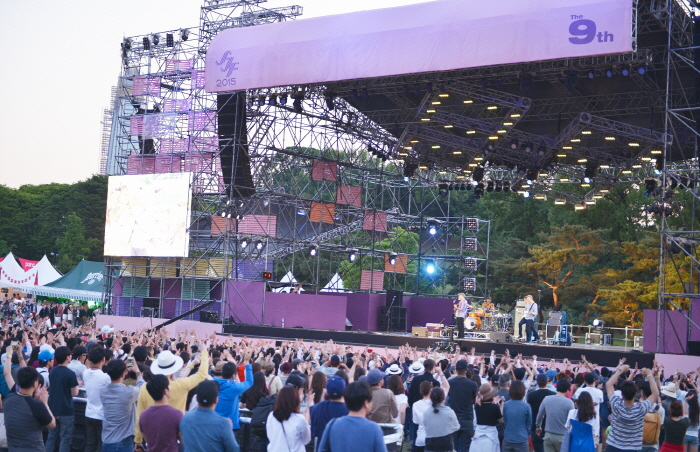
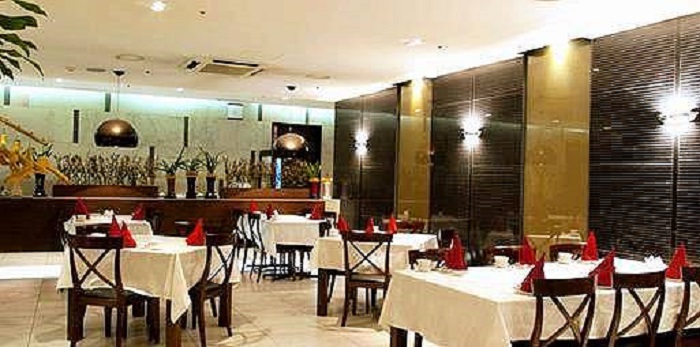
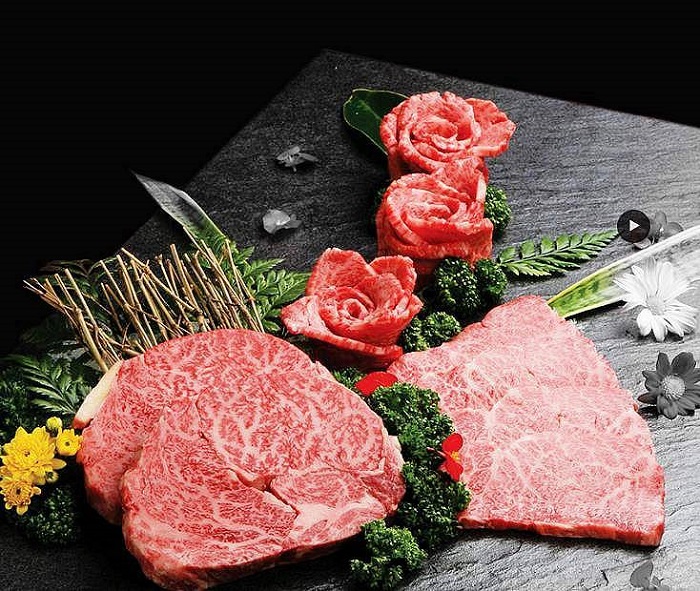
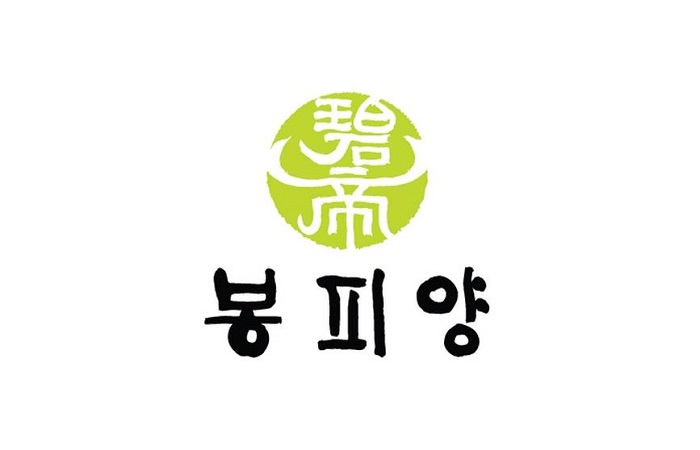
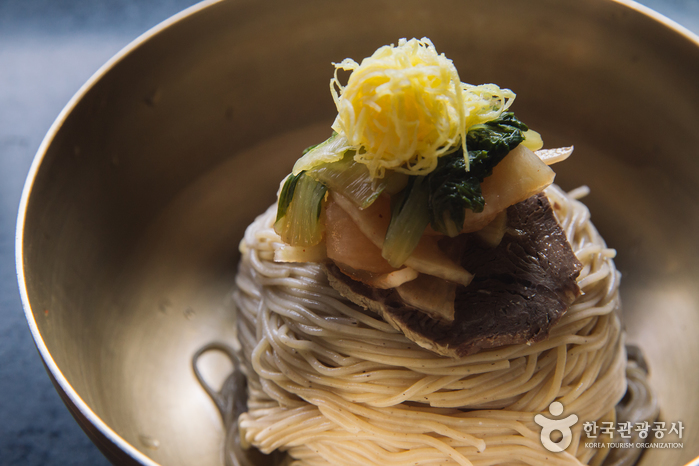
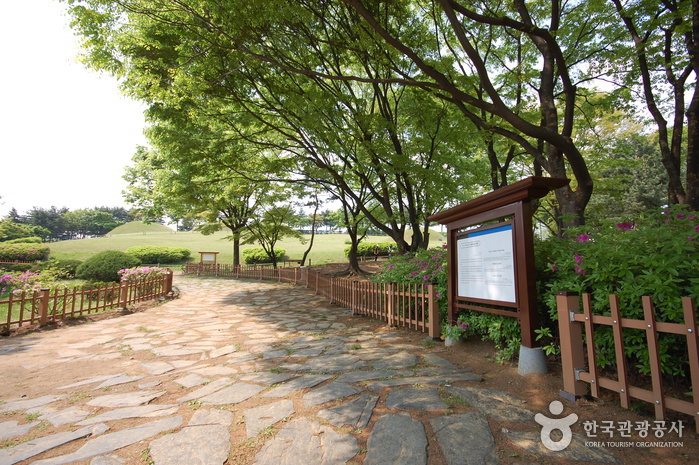
 English
English
 한국어
한국어 日本語
日本語 中文(简体)
中文(简体) Deutsch
Deutsch Français
Français Español
Español Русский
Русский